Top 3 Multichannel Marketing Examples in 2023
Here we provide examples of some real world multichannel marketing examples.
Here we provide examples of some real world multichannel marketing examples.
Multichannel marketing is the concept of engaging customers on various separate channels. It can be highly effective for cultivating brand awareness and loyalty with distinct audience segments.
With so many channels to choose from, however, knowing how to use them effectively is often overwhelming. Consider these examples of brands with multichannel marketing success as your first step toward putting together your own plan.
It’s not hard to find standout uses of multichannel marketing today.
Brands in every industry have been making the most of social, email, text, and even niche platforms like Twitch and Discord to reach customers in more places than ever before.
Camping World caters to several different types of camping and RV enthusiasts. It helps people sell RVs and provides RV rentals. How does the company meet the needs of such unique customers? It starts by segmenting these audiences on each channel and clearly calling out their individual needs.
For example, Camping World breaks out Instagram stories into segments, including those wanting to sell, rent, or repair an RV. Its clever "Guide" feature provides quick videos explaining the different types of RVs and how each can meet lifestyle goals.
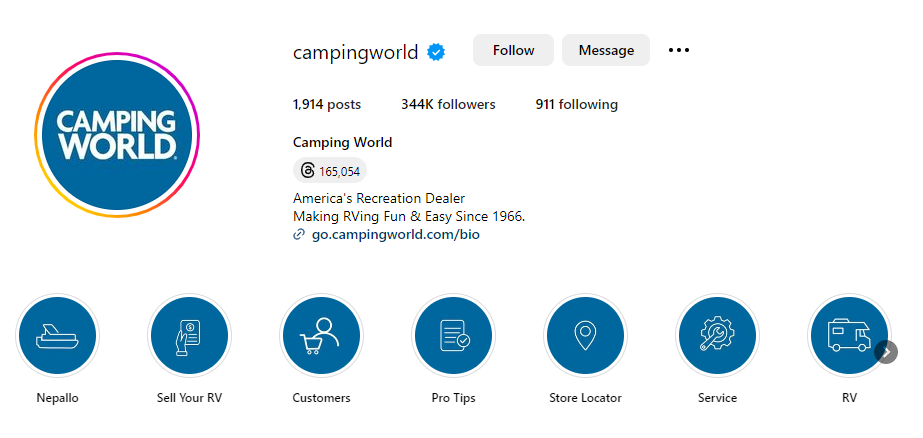
This same thoughtfulness of messaging can be seen in all of their channels, including YouTube, where it capitalizes on trending hashtags and the popular “Shorts” format to showcase RV layouts and features.
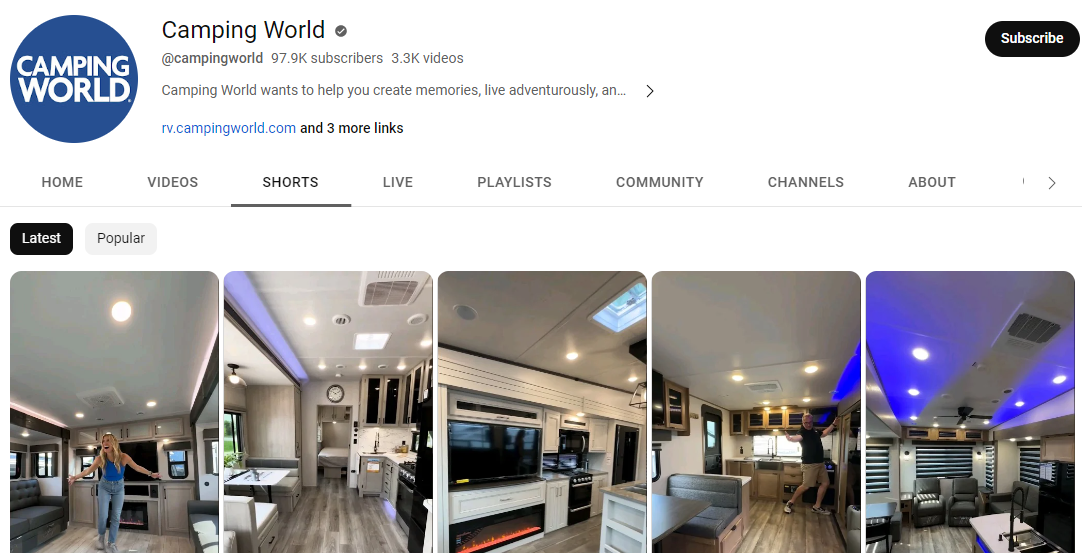
The website also caters to this growing and versatile group of consumers, showcasing how Camping World helps travelers achieve their dreams of exploring the world. From email to text to pop-up offers, the more you engage on each channel, the more targeted the messages from the brand become.
Arby’s has built a reputation for being outspoken and even a little unusual with its marketing. In 2018, it turned heads with its #MakeMySandwich campaign, which had followers submit a photo of themselves to become the subject of sandwich art.
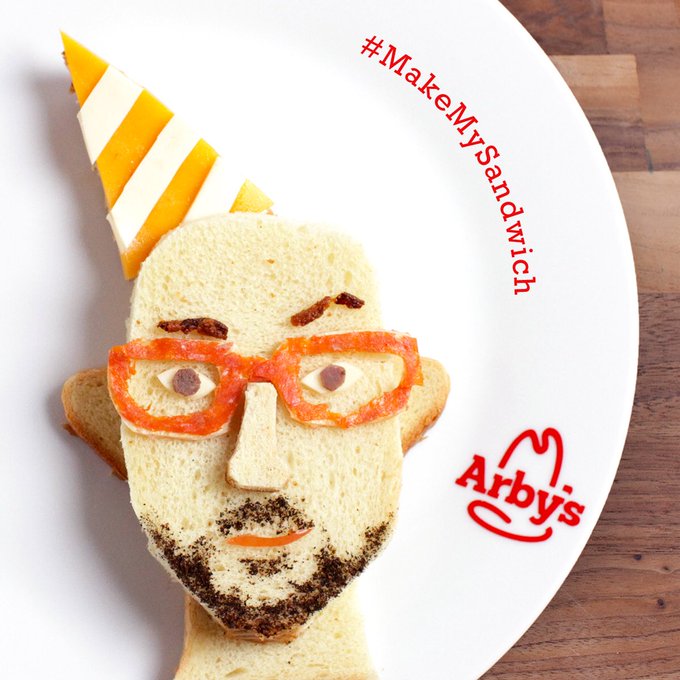
This melding of user-generated content (UGC) and professional ad creation is just one example of how the sandwich leader has captured audiences on all their social channels. It continues to add pop culture and gamer culture references to photos of its mouthwatering fare, all in the name of capturing attention. It works.
While the content types are similar across channels, the brand interacts intentionally with each audience and drives fans to its store or mobile app for easy orders and promotional offers.
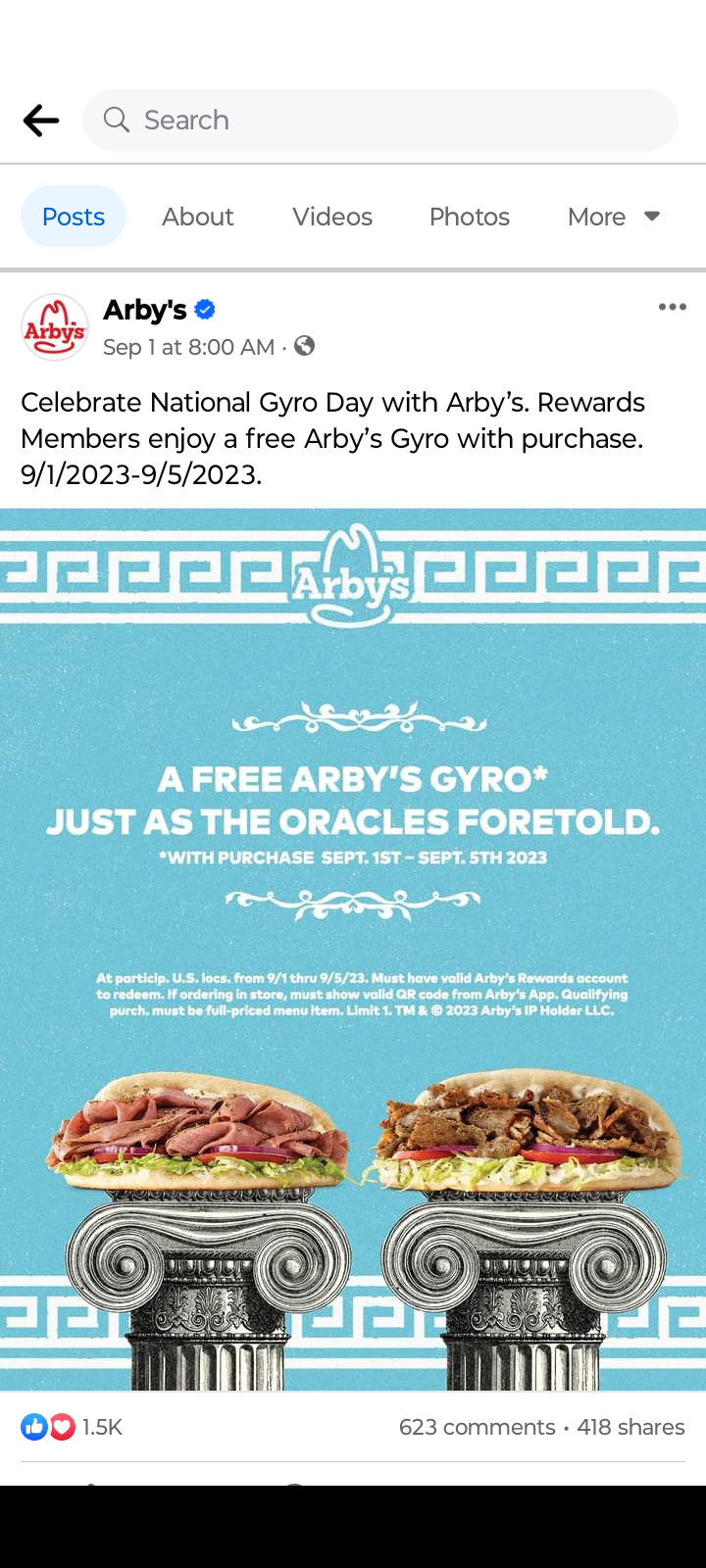
This strategy complements what the brand does on TV with its "We Got the Meats" ads, which have a different flavor than other channel efforts and have even inspired their own Saturday Night Live skit. These analog ads help create brand recognition in offline audiences and remind long-time customers of new offerings and seasonal promotions in a familiar way.
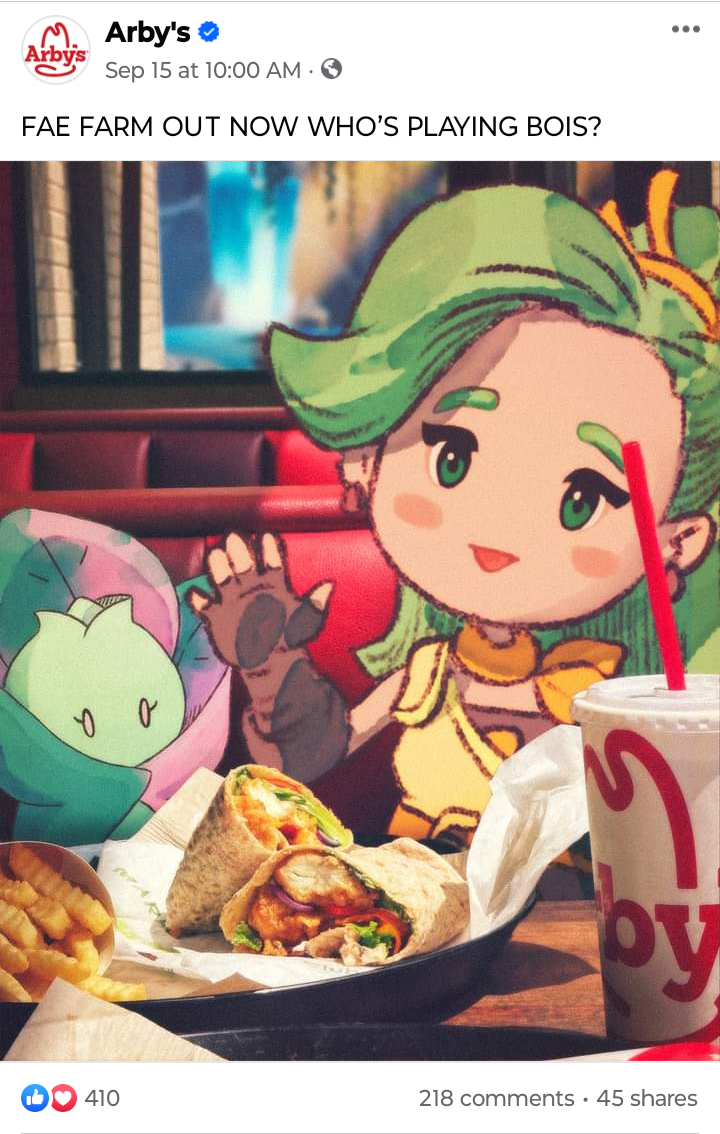
Fender's multichannel efforts go beyond just web and social – they've invested in an app that complements their traditional marketing efforts. With its Fender Play® offering, which helps guitar enthusiasts learn to play and love guitar music, it’s not only helping people get the most out of the instrument but also creating brand loyalty.
As users engage more with the app, Fender learns what type of player they are and the content they are most likely to enjoy.
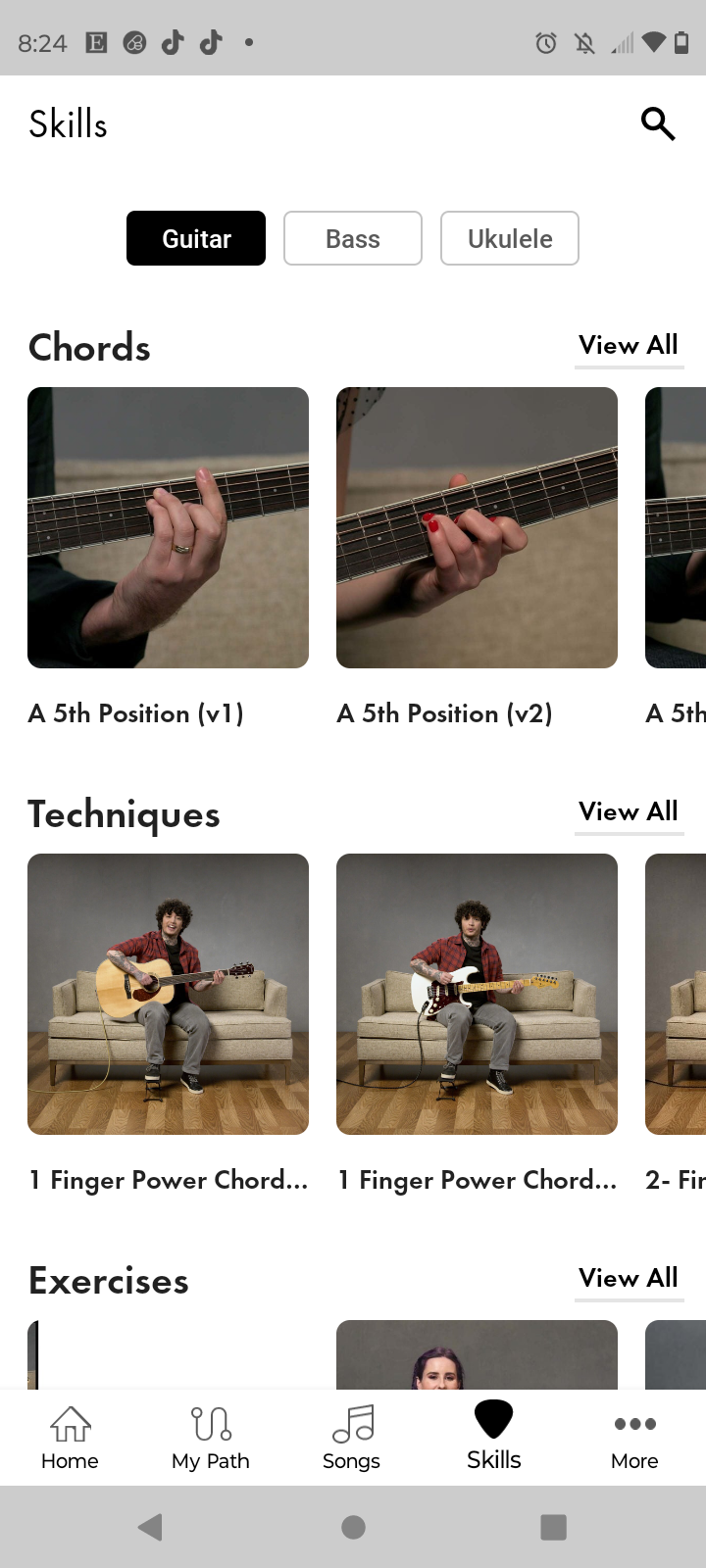
As they progress along their musicianship journey, Fender can provide additional support in the way of high-quality guitars and accessories. This increases the lifetime value of users and creates new generations of Fender fans!
This app is just one channel Fender uses, but it is part of a whole marketing mission to meet users where they are at, whether it's on the site, social, or in-store. From product updates to inspiration from other musicians, Fender fans don't have to look far to find a way to interact with the brand.
Watching other successful brands is inspiring, but it's just as important to avoid common and very damaging mistakes. Don't derail your hard work by committing these multichannel marketing faux pas.
Who is your ideal customer? If you haven't revisited this essential question recently, now is the best time to give it another look. Because your customer on one channel may look very different from your customer on another channel, consider defining an overall customer audience and then niche down by segments to define what each group cares about and how you can reach them. It may be based on any identifiable customer behavior or trend data that sets a group apart.
Defining each segment helps you determine which channels to use and how to maximize each one uniquely.
When investing in multiple channels, you need to have clear metrics that tell you how each channel is performing. In fact, if you're looking to increase your marketing budget, it's necessary to defend new campaigns with solid numbers of what's working (and what's not).
To get this evidence and know you're on the right track, set up goals at the beginning. These can be related to impressions, followers, or traffic, but they may also be tied directly to things like revenue per visitor (RPV), lifetime value (LTV), or net promoter score (NPS.)
True marketing efforts involve trying things and continually recalibrating. Often, the best way to learn if a campaign will work is to start it and see how it does. If you're not tackling new messages in a deliberate, scientific way, however, you won't be able to keep track of what's working. A true marketing test involves adjusting one factor or element at a time (usually as an A/B test) and then comparing the results.
Be sure to have tests that reflect the abilities and limitations of each marketing channel. Two identical ads may do very differently on X compared to Instagram. To accurately compare, keep your A/B tests within the same channel and for the same marketing segments.
Not every brand has to be on TikTok, and the same goes for any other channel. Brands can fall victim to Fear of Missing Out (FOMO). It’s better to take each channel seriously and only get on those you know your audience values to avoid wasting time, resources, and brand reputation.
Finally, all the best marketing strategies in the world won't compensate for poor customer engagement practices. If you have a stellar ad campaign and then fail to answer customer follow-up questions, you can undo your hard work and even set your brand back significantly. Remember that marketing doesn't just happen with advertising.
It happens with every interaction your team has on these channels. From delivering product updates to providing a listening ear, create a two-way channel of communication to get the best ROI from your multichannel marketing efforts.
Connect with a Segment expert who can share more about what Segment can do for you.
We'll get back to you shortly. For now, you can create your workspace by clicking below.
Multichannel marketing uses many channels with a focus on how each one creates a path to purchase. Omnichannel marketing seeks to integrate all channels with the goal of serving a seamless, continuous experience.
Amazon engages users across many channels and has a very integrated marketing approach, making it more omnichannel.
Camping World is an example of a multichannel retailer that uses multiple channels to connect with consumers at various points in the customer journey, including online and through brick-and-mortar locations. It utilizes many social media platforms, as well as more traditional outlets like email and on-site notifications.
Multichannel marketing seeks to engage with customers in many different places at once, from their social media platforms to their email inboxes. Because the strategy customizes messaging to work best on each channel, it’s more effective than spraying the same message and formatting across channels that would attract different audience segments.
It works to establish trust and brand loyalty as more people become familiar with your brand. Brands often track the data from engagement on each channel to measure ROI, which can help identify growth opportunities and ensure marketing spend is going to the places it works best.